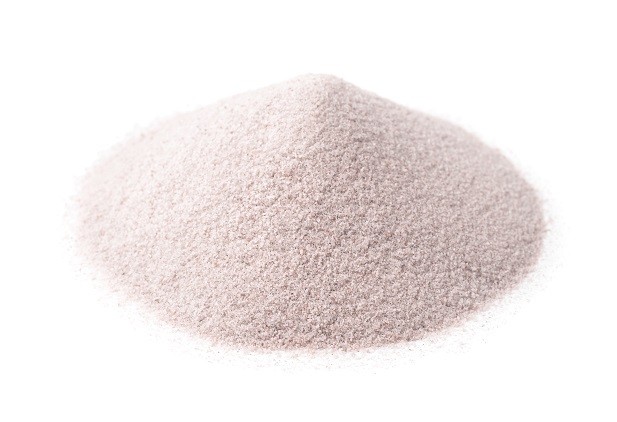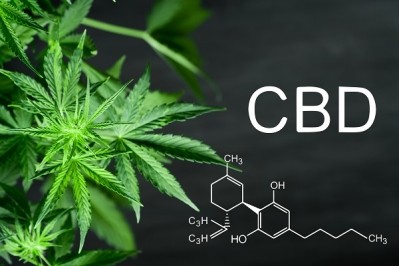EU confirms opinion on solubility of synthetic amorphous silica

Focusing on cosmetics products regulations and associated risks with nanomaterials in the European personal care sector, the SCCS reached a concluding position on the solubility of materials assessed.
The EU has said that none of the SAS materials examined can be considered as soluble under the nanomaterial definition of the cosmetics Regulation. The conclusion reached applies regardless of whether these materials are hydrophilic or hydrophobic.
Background
In March 2018, the EU Commission sought an opinion of the solubility of SAS materials from SCCS after receiving information from Cefic sector group, Association of Synthetic Amorphous Silica Producers. The dossier aimed to show that the substances cannot be deemed nanomaterials according to the definition contained within the cosmetics Regulation.
As part of the mandate from the European Commission, Article 2(1)(k) of the Cosmetics Regulation states that "nanomaterial" is an insoluble or biopersistent and intentionally manufactured material with one or possibly more external dimensions, or an internal structure, on the scale from 1 to 100 nm.
The definition only applies to nano-scale materials from around the globe and are insoluble/partially-soluble or biopersistent. However, it does not cover soluble or degradable/non-persistent in biological systems such as liposomes or emulsions.
Findings
As part of the concluding opinion on the solubility of materials, the EU relayed its findings as:
- The solubility of hydrophilic SAS materials — those that have a tendency to mix with, dissolve in, or be wetted by water — are reported in the range of 22 to 225 mg/L for solubility tests when executed in aqueous media containing up to 0.5% ethanol; and
- The solubility of hydrophobic surface-treated SAS materials — those that tend to repel or fail to mix with water — are reported in the range of 0.4 to 180 mg/L, when solubilised in aqueous media containing up to 10% ethanol.
The test conditions used to measure the solubility of these materials included a temperature of between 19.5 to 20.5°C, a pH of between three and eight, and a time of between three and 49 days.
Despite these EU-adopted opinions, the Committee has caveated this conclusion by stating that these solubility values may be invalid when analysing materials that have undergone formulations. These values may also be invalid when they have been used in conditions with varying factors from those set out in the original solubility tests, as these would potentially find alternative results.
Examples where this may occur include when materials have been used in a less/non aqueous formulation or at an alternative temperature.
The definition of a nanomaterial under the Cosmetics Regulation sets out insoluble materials jointly with other size/particle related parameters. It therefore raises the question of whether the solubility of a nano-structured material needs to be seen in perspective for cosmetics use.
When it comes to nano-structured materials, apart from entirely soluble materials, it is crucial to see whether any proportion of these materials would still be present in an undissolved state where nanoparticles are present in cosmetics formulations at the specific use level.






